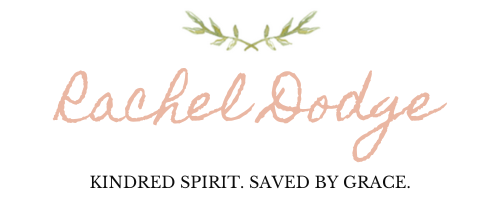In my article in Jane Austen’s World this month, I continue my series on Jane Austen’s Regency women. This time, we’re taking a look at the education of women in her novels. Who was the best-educated heroine? Who taught them and why? Find out here…
For the women of Jane Austen’s position in society, female education was formed mainly at home. While Austen and her sister Cassandra spent a short time away at school, the bulk of their education occurred in the Austen home. In Austen’s novels, we find an interesting variety of educational practices, depending on the home and income of the characters.
As Mr. Darcy famously said in Pride and Prejudice, a truly accomplished woman “must improve her mind by extensive reading” (ch. 8). In Mansfield Park, Edmund Bertram thinks reading, when “properly directed, must be an education in itself” (ch. 2) Thus, we must assume Austen agreed heartily with these opinions of reading as a vital part of a woman’s education. But what else do her novels tell us about the quality and quantity of education available to upper class women in her time?
Education:
In Austen’s day, the education of genteel women was comprised of a wide range of “accomplishments,” such art, music, dancing, religion, household management, languages, history, and literature. In most households, the education of daughters fell mainly to their mothers and governesses, though some went to private schools to learn certain subjects and accomplishments.
According to Miss Bingley, a truly accomplished woman “must have a thorough knowledge of music, singing, drawing, dancing, and the modern languages.” She should also possess “a certain something in her air and manner of walking, the tone of her voice, her address and expressions, or the word will be but half-deserved” (ch. 8).
However, we must keep in mind that educational practices for girls differed greatly from that of boys and varied by family, rank, and income. While some families did place value on book learning for their daughters, most families put greater emphasis on the “ornamental” accomplishments of the day. But what did a female education encompass in Austen’s fictional families? What and by whom were her female characters taught?
Pride and Prejudice
In Pride and Prejudice, the Bingley sisters were “educated in one of the first private seminaries in town,” where they most likely focused on ornamental accomplishments (ch. 4). Mr. Darcy’s sister, Georgiana, had a governess called Mrs. Younge.
In contrast, Mrs. Bennet seems rather deficient in the education of her daughters: She did not engage a governess, did not ensure that all her girls learned to play and sing, and did not take her daughters “to town every spring” to study art under the “benefit of masters” (ch. 29).


















Leave a Reply